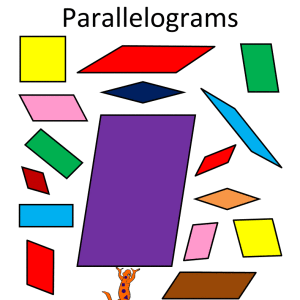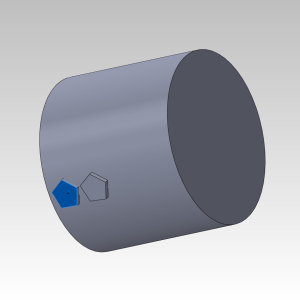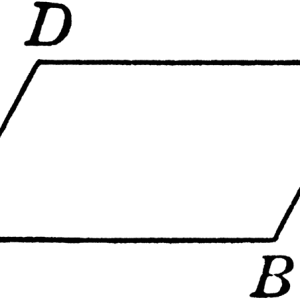Geometry is one of the sciences, with the use of which in practice, a person faces almost daily. Among the variety of geometric shapes, a trapeze deserves separate attention. It is a convex figure with four sides, of which two are parallel to each other. The latter are called grounds, and the remaining two are sideways. Cut, perpendicular bases and determining the amount of the gap between them, and will be the height of the trapezium. How can I calculate it length?
Find the height of an arbitrary trapezium
Based on the source data, the definition of the height of the figure is possible in several ways.
Known Square
If the length of the parallel sides is known, as well as the figure of the figure, it is possible to use the following ratio to determine the desired perpendicular:
S \u003d H * (A + B) / 2,
h - the desired value (height),
S - Figure area,
A and B - parties parallel to each other.
From the above formula, it follows that H \u003d 2s / (A + B).
Known Middle Line
If among the source data in addition to the trapezoid area (S) is known, and the length of its middle line (L), then another formula is useful for calculations. Before it is necessary to clarify that such a middle line for this type of quadrangle. The term defines a part of the straight line connecting the middle sides of the figure.
Based on the properties of the trapezium L \u003d (A + B) / 2,
L - line of the middle,
A, B - the bases of the quadrangle.
Therefore, H \u003d 2s / (A + B) \u003d S / L.
Known 4 sides of the figure
In this case, the Pythagora theorem will help. Lowering perpendicular to the large side of the base, take advantage of it for two rectangular triangles. The final expression will look:
h \u003d √C. 2- (((A-B) 2+ C. 2-d. 2) / 2 (A-B)) 2,
a and B - Foundation Parties Figures,
C and D - 2 Others.
Corners at the base
In the presence of data on the corners at the base, use trigonometric functions.
h \u003d c * sinα \u003d d * sinβ
α and β - angles at the base of the quadrilateral,
C and D - its sides.
Diagonals shapes and angles that intersecting they form
The length of the diagonal is the length of the segment connecting the opposite vertices of the shape. Denote the data of the values \u200b\u200bof the symbols D1 and D2, and the angles between them γ and φ. Then:
h \u003d (d1 * d2) / (a \u200b\u200b+ b) sin γ \u003d (d1 * d2) / (a \u200b\u200b+ b) sinφ,
h \u003d (d1 * d2) / 2l sin γ \u003d (d1 * d2) / 2l sinφ,
a and B - Foundation Parties Figures,
D1 and D2 - Diagonal trapezoids,
γ and φ - angles between diagonals.
The height of the shape and the radius of the circle that is inscribed in it
As follows from the definition of this kind of circle, it concerns each base in 1 point, which are part of one straight. Therefore, the distance between them is the diameter - the desired height of the figure. And since the diameter is a doubled radius, then:
h \u003d 2 * R,
R is a circle radius that entered this trapezium.
Find the height of an equifiable trapeze
- As follows from the formulation, the distinctive characteristic of an equilibrium trapezium is the equality of its side. Therefore, to find the height of the figure, use the formula to determine this value in the case when the sides of the trapezoid are known.
So, if C \u003d D, then H \u003d √C 2- (((A-B) 2+ C. 2-d. 2) / 2 (A-B)) 2 \u003d √C. 2- (A-B) 2/4,
A, B - Founding Parties Quantity,
C \u003d D - its sides.
- If there are the values \u200b\u200bof the angles formed by two sides (base and side), the height of the trapezium determines the following ratio:
h \u003d c * sinα
H \u003d C * TGα * COSα \u003d C * TGα * (B - A) / 2C \u003d TGα * (B-A) / 2,
α - angle at the base of the figure,
a, b (a \u003cb) - the base of the figure,
C \u003d D - its sides.
- If the values \u200b\u200bof the diagonals of the figure are given, the expression for finding the height of the figure will be modified, because d1 \u003d d2:
h \u003d D1. 2/ (a + b) * sinγ \u003d d1 2/ (a + b) * sinφ,
h \u003d D1. 2/ 2 * L * sinγ \u003d d1 2/ 2 * L * sinφ.





































